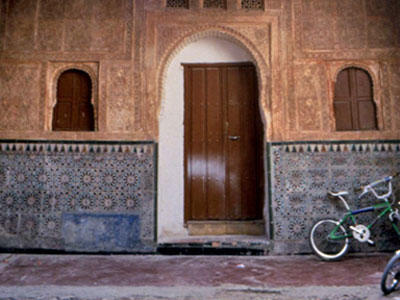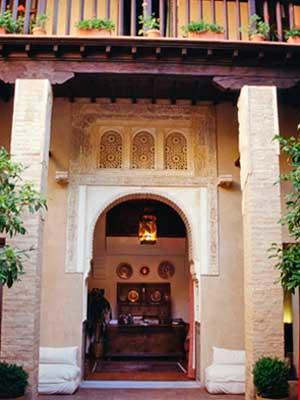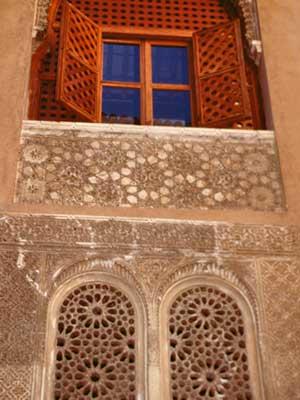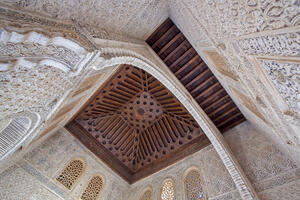Moorish Houses of Granada
The neighborhood of Albayzin in Granada, Spain, contains several Moorish houses, some dating to the period of the Alhambra, many of which were built in the 16th century. These architectural structures, over time, have been influenced by Castilian, Gothic, and Renaissance traditions and are adorned with various decorative features. The Plan of Special Protection and Interior Modification surveyed 39 Moorish houses in 1990. The conclusion was that about half of the existing houses were in poor condition because the private owners lacked the resources and incentives to rehabilitate the structures.
Many of the houses were deteriorating due to natural causes, such as the presence of insects and the effects of the weather, as well as human involvement, including the addition of separate building materials and appendages. The Albayzin quarter was named a UNESCO World Heritage Site in 1994, acknowledging the great cultural significance of the ensemble of houses that had endured through the centuries. Despite the esteem with which the houses were viewed, many of the houses required restoration.
1996 World Monuments Watch
Ten of the Moorish Houses were included in the 1996 World Monuments Watch. World Monuments Fund, supported by American Express, assisted with the restoration of many of the Moorish Houses. Houses located at Calle San Buenaventura, 7; Plaza de Los Castilla, 5; Plaza de Los Castilla, 6; Calle Guinea, 19; Calle Pagés, 20; Callejón de San Bartolomé, 4; Calle de San Martín, 12-14; Cuesta de las Tomasas, 12; Cuesta de la Victoria, 9 and Calle Yanguas, 11 were the focus of rehabilitation efforts.
The restoration project resulted in a Moorish art museum being opened in the house at Calle San Buenaventura, 7. The museum serves as an information center and the starting point for guided tours of the restored Moorish Houses. The School of Arab Studies (CSIC) participated in the project and each homeowner signed an agreement allowing the technical team to proceed with restoration, in exchange for the inclusion of each house on a tourist route. WMF’s primary focus was Calle San Buenaventura and its restoration for conversion into a museum and information center. At the other houses, the technical team addressed the repair of roofs, installation of insulation, and the review of general conditions of the historic structures.
The Moorish houses are examples of the important cultural traditions of Spain and its architecture. Maintaining the structures as residential buildings, or transformed them into small hotels, museums, and other public uses allows them to serve the community while maintaining their original character and accommodating new needs.




